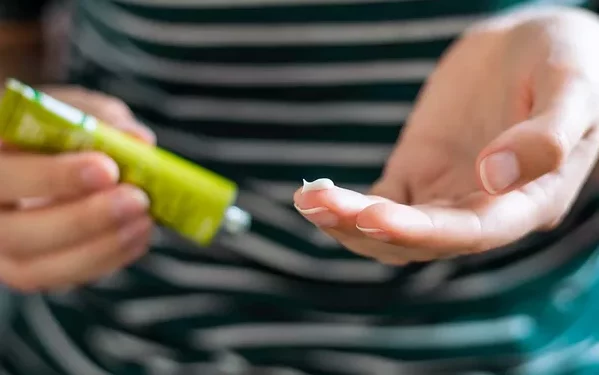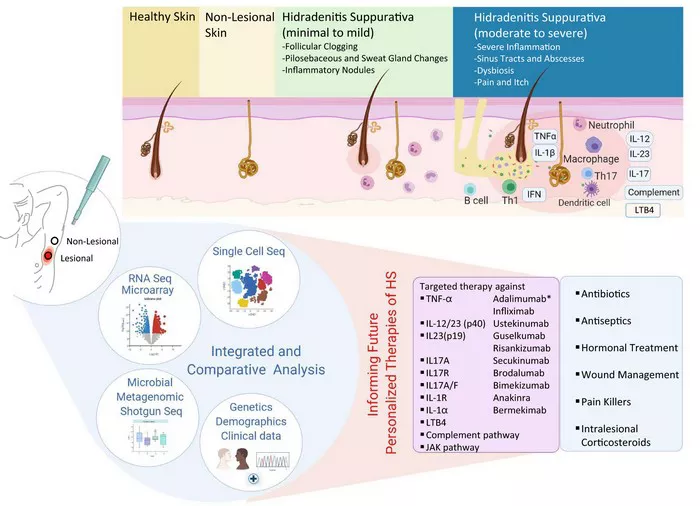Ringworm, a fungal infection, can cause red, itchy, and scaly patches on the skin. Using the right cream can speed up recovery and provide relief. Below are some top product recommendations.
1. Clotrimazole Cream (Lotrimin)
Active Ingredient: Clotrimazole
Clotrimazole is an imidazole antifungal that disrupts the cell membrane of the fungi, preventing their growth.
Usage: Apply a thin layer to the affected area twice daily. Continue for at least two weeks after symptoms resolve.
Application Tips: Make sure to cover the surrounding skin as well. Use a clean finger or cotton swab to avoid contamination.
Pros: Generally safe for all skin types, widely available over-the-counter.
Cons: May take up to four weeks for complete resolution in some cases.
User Reviews: Many users report significant improvement within a week but note the importance of consistent application.
SEE ALSO: Preventing 5 Ringworm Transmission from Cats to Humans
2. Terbinafine Cream (Lamisil)
Active Ingredient: Terbinafine
This allylamine antifungal works quickly by interfering with the production of ergosterol, an essential component of fungal cell membranes.
Usage: Apply once daily for one week for most ringworm infections. For extensive infections, a longer duration may be necessary.
Application Tips: Clean and dry the area before application, ensuring that the skin is not damp.
Pros: Fast-acting, often shows results within a few days.
Cons: More expensive than other options; some users report a tingling sensation upon application.
User Reviews: Users frequently praise its speed and effectiveness, especially for persistent infections.
3. Miconazole Cream (Monistat)
Active Ingredient: Miconazole
Miconazole inhibits the growth of fungi by altering their cell membrane permeability.
Usage: Apply twice daily for two weeks. Use continuously for at least a week after symptoms disappear to prevent recurrence.
Application Tips: Avoid using on open wounds or severely irritated skin.
Pros: Cost-effective and available at most pharmacies.
Cons: Can cause local irritation or redness in sensitive individuals.
User Reviews: Many find it effective for athlete’s foot and jock itch as well, making it a versatile option.
4. Butenafine Cream (Lotrimin Ultra)
Active Ingredient: Butenafine
This benzylamine antifungal is effective against a broad spectrum of fungi.
Usage: Apply a thin layer once daily for two weeks.
Application Tips: Ensure the area is clean and dry before applying.
Pros: Quick-absorbing and less frequent application required.
Cons: Availability may vary by location, and it can be pricier than some other options.
User Reviews: Users appreciate its non-greasy texture and rapid results, often within a few days.
5. Econazole Nitrate Cream (Ecoza)
Active Ingredient: Econazole
Econazole is a prescription-strength antifungal that provides broad-spectrum activity against fungi.
Usage: Apply once daily, potentially for up to four weeks based on the severity of the infection.
Application Tips: As with other creams, ensure proper hygiene before application.
Pros: Very effective for resistant cases, fast-acting.
Cons: Requires a prescription; can be more costly than OTC options.
User Reviews: Often recommended for persistent infections where other treatments have failed.
How to Choose the Right Cream
Factors to Consider:
Severity of Infection: If it’s a mild case, over-the-counter creams may be sufficient. For severe or recurrent infections, prescription-strength products are advisable.
Skin Sensitivity: If you have sensitive skin, choose formulations known for minimal irritation.
Convenience of Use: Some creams are more convenient than others; consider your daily routine when selecting.
Cost and Availability: Ensure the chosen product fits within your budget and is accessible at local pharmacies.
Application Tips
To maximize effectiveness, follow these application tips:
Initial Cleaning: Wash the infected area thoroughly with soap and water. Gently pat it dry with a clean towel.
Correct Amount: Use enough cream to cover the affected area and a little beyond. A pea-sized amount is usually sufficient for smaller patches.
Wash Hands Post-Application: This prevents accidental spreading of the infection to other areas or individuals.
Continue Treatment: Do not stop using the cream prematurely; even if symptoms improve, completing the full course is crucial.
When to See a Doctor
Signs to Watch For:
Persistent Symptoms: If the infection doesn’t improve within two weeks or worsens.
Spreading Infection: If the rash begins to spread beyond the initial area.
Severe Symptoms: Such as excessive pain, swelling, or signs of secondary bacterial infection (like pus).
Consult a healthcare professional if you experience any of these signs to discuss potential prescription options or further evaluation.
Conclusion
In conclusion, choosing the right anti-ringworm cream can significantly impact your recovery. Products like Clotrimazole, Terbinafine, and Miconazole offer effective options for treating ringworm. Following proper application techniques and consulting with a healthcare provider when necessary will help ensure the best outcomes. Remember, persistence is key, and always adhere to the full treatment duration for optimal results.
Related topics:


























